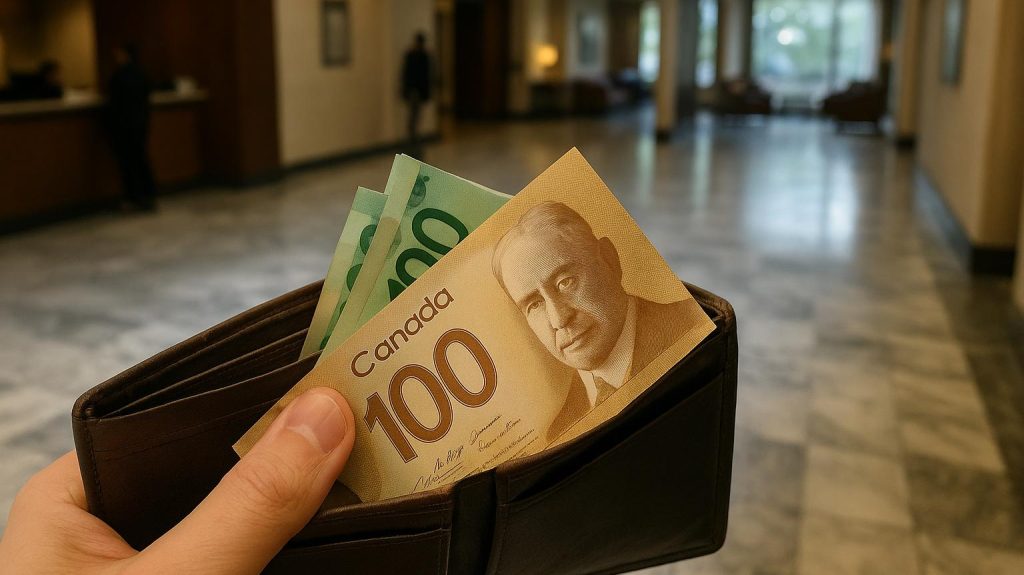The numbers are in, and they’re pretty impressive – London, Ontario pulled in more than $1 billion in tourism spending throughout 2023, according to recent data that’s got locals talking about what exactly draws people to the Forest City.
Breaking down those billion-dollar figures reveals some interesting patterns about how visitors are spending their money when they roll into town. Food and beverages dominated the spending chart, accounting for a whopping $417.3 million – that’s 38% of total tourism dollars. Of that massive food budget, restaurants scooped up $311.1 million while stores claimed the remaining $106.3 million.
The city welcomed nearly 2.1 million overnight visitors throughout 2023, which works out to roughly $475 per visitor when you crunch the basic math. That’s not exactly pocket change, especially when you consider what London has to offer compared to other Ontario destinations.
Local discussions online have been buzzing about how this figure gets calculated, with some residents questioning whether the billion-dollar mark is realistic. The spending breakdown suggests tourists aren’t just passing through – they’re staying, eating, and apparently spending substantial amounts during their visits.
One of London’s major draws appears to be its music scene, with big concerts bringing in crowds from surrounding areas. The city’s designation as a UNESCO City of Music might finally be paying dividends, even if locals don’t always feel the musical vibe in their day-to-day lives.
Sports tournaments also contribute significantly to these numbers. Competitive sports events can fill hotels and restaurants across the city for entire weekends, with parents and teams travelling from other regions. The city’s investment in rinks, fields, and sports facilities seems to be generating solid returns through tournament hosting.
Conference tourism represents another substantial revenue stream. The conference centre regularly hosts events that bring business travellers who typically have higher spending budgets for meals and accommodations.
Events like TennoCon, the annual gaming convention, draw thousands of visitors who book hotels, eat at local restaurants, and spend money throughout the city during their stay. These specialized events can have outsized economic impacts relative to their size.
The museum sector also contributes to tourism numbers, with London boasting 13+ museums and historical sites that attract day-trippers from across Ontario and beyond. These visitors often seek restaurant recommendations and explore other local attractions during their visits.
Some residents remain skeptical about the billion-dollar figure, particularly given ongoing concerns about downtown safety and the visibility of homelessness in core areas. The contrast between impressive tourism revenue numbers and street-level challenges in the downtown core has sparked conversations about London’s potential if certain urban issues were addressed.
The data suggests London’s tourism appeal extends beyond what many locals might expect, with visitors from places like Toronto and Detroit viewing the city as a charming getaway destination. Even residents from smaller surrounding communities like Chatham regularly make shopping and entertainment trips to London, viewing it as their regional hub for dining, shows, and retail therapy

